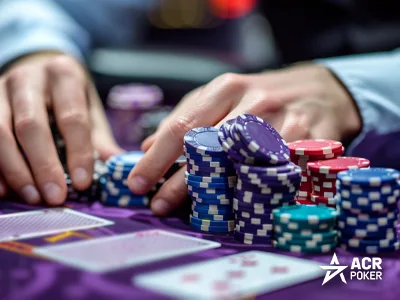By applying simple statistical insights, you will see more consistent long-term results
Using basic statistics can significantly improve your decision-making in Spanish 21, a blackjack variant known for removing tens and adding unique bonuses. While the game offers player-friendly rules, the lack of tens shifts probabilities in ways many players overlook. Relying on simple statistical principles helps you choose actions that reduce the house edge and avoid guesswork at crucial moments.
One of the most important statistical ideas in Spanish 21 is understanding card distribution. Because tens are removed but face cards remain, the deck still contains many high-value cards, though fewer total cards equal ten. This slightly changes the math behind hitting and standing decisions. Knowing that the dealer is less likely to bust compared to standard blackjack helps you avoid overly cautious plays.
Expected value (EV) also plays a key role. Each action—hit, stand, double, or split—has an average long-term return based on the situation. You do not need advanced calculations to use EV effectively. Basic charts, built on statistical simulations, show which choices yield higher returns in common scenarios. Following these guidelines helps you avoid instinct-driven mistakes when facing tough totals like 12, 13, or 16.
Another key concept is bust probability. By looking at how often hitting a certain total results in going over 21, you gain a clearer picture of when aggression or caution is appropriate. For example, hitting a hard 14 is less risky than many players assume, especially when the dealer shows a strong card.
Finally, statistics help determine when to surrender. Spanish 21 allows late surrender, and EV data shows that giving up a hand can save more money over time than trying to grind out unlikely wins. Recognizing these high-risk situations protects your bankroll.

